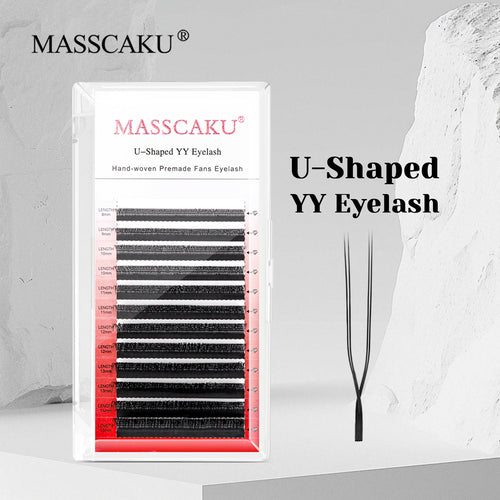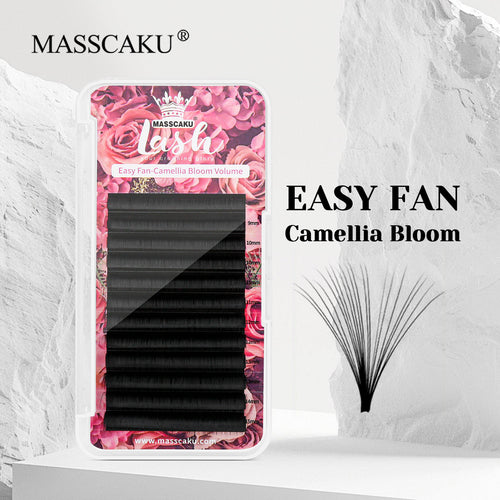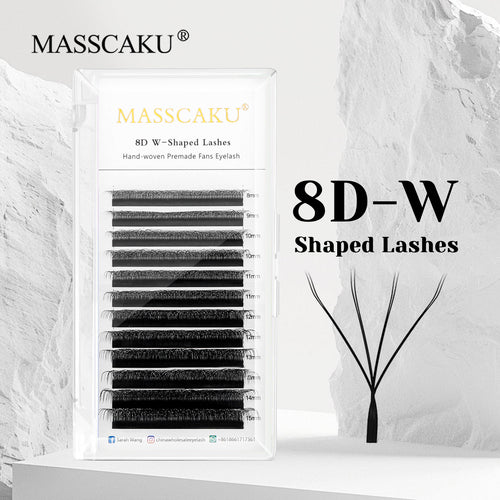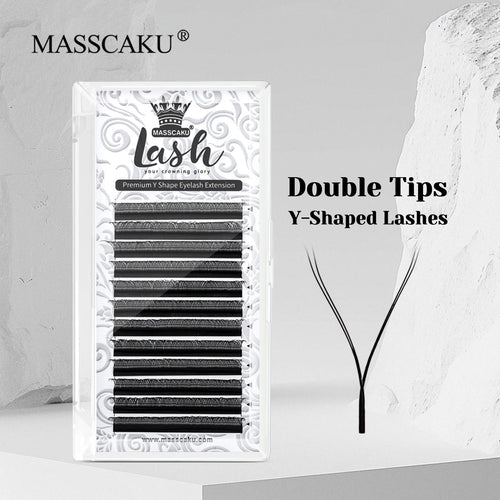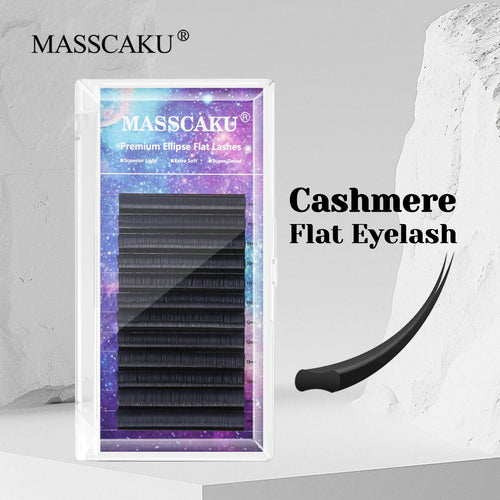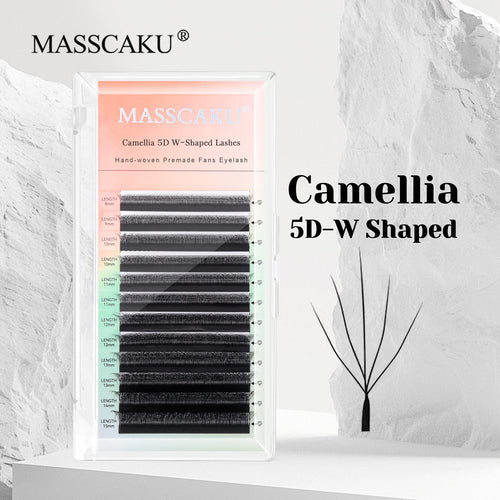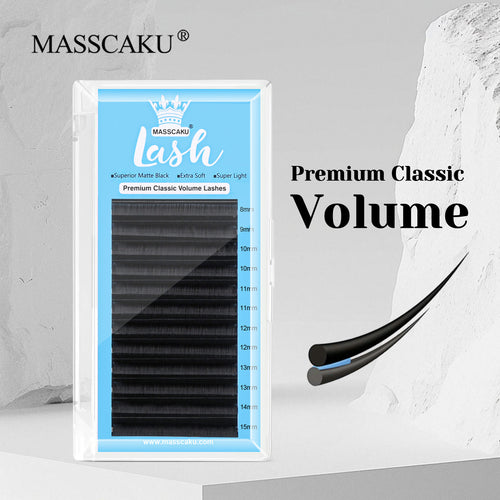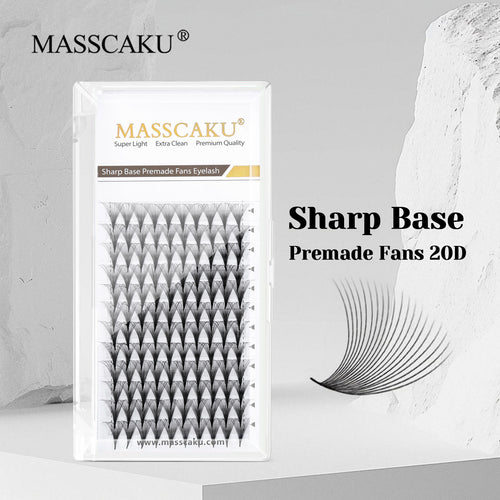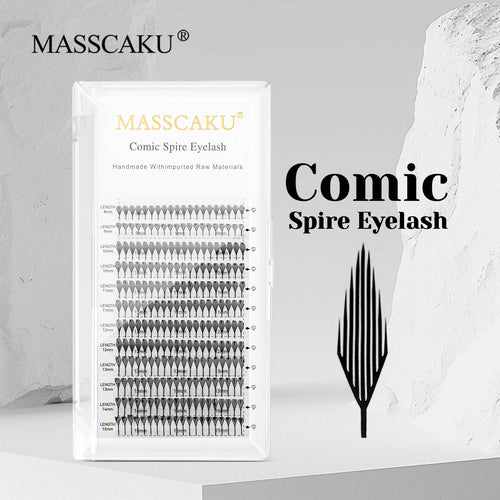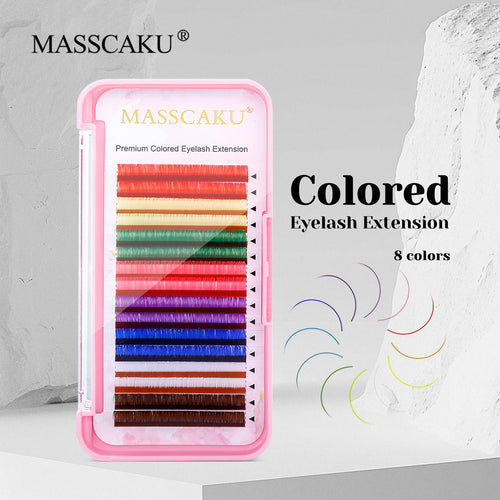Lash extensions have become a staple in the beauty industry, giving clients long, voluminous lashes without the hassle of mascara. However, as with any beauty product, there are potential risks, one of the most concerning being allergic reactions to lash glue. While these reactions are relatively rare, they can cause significant discomfort and even prevent clients from continuing their lash extension journey. Here’s a comprehensive guide to understanding allergic reactions to lash glue and how lash artists can minimize the risks.
1. What Causes Allergic Reactions to Lash Glue?
Lash glue, also known as eyelash adhesive, typically contains several ingredients that allow it to bond securely to natural lashes. The primary culprit in allergic reactions is cyanoacrylate, a fast-drying, strong adhesive commonly used in lash glues. While cyanoacrylate is effective at bonding the extensions to the natural lash, it can trigger allergic reactions in some individuals.
Other potential allergens in lash glue include:
Formaldehyde (or substances that release formaldehyde): Some lash glues contain trace amounts of formaldehyde, which is a known allergen and irritant.
Latex: Though less common in lash glues, some adhesives may contain latex, which can cause reactions in people with latex sensitivities.
Preservatives and Fillers: Certain chemicals used to extend the shelf life of glue or improve its consistency may also trigger allergic responses.
These ingredients may cause mild to severe allergic reactions, depending on the sensitivity of the individual.
2. Signs of an Allergic Reaction to Lash Glue
Symptoms of an allergic reaction to lash glue can vary from mild irritation to more severe reactions. The most common signs include:
Itching or redness in the eyes
Swelling of the eyelids
Burning sensation or stinging around the eyes
Watery eyes or tearfulness
Painful or sore eyes
In some cases, an allergic reaction can extend beyond the eyes and result in facial swelling or rash. If the reaction is severe, it can even affect vision or lead to other serious health complications.
3. How Long After Application Can an Allergic Reaction Occur?
An allergic reaction to lash glue can happen immediately after the application or may take several hours or even days to develop. Most reactions occur within the first 48 hours, but delayed reactions can happen in sensitive individuals. For this reason, it's important for clients to monitor their lashes carefully in the days following the application.
4. Preventing Allergic Reactions: Patch Testing
One of the best ways to prevent allergic reactions to lash glue is through patch testing. Before applying lash extensions to a client, it’s recommended to conduct a patch test to check for sensitivities. A patch test involves applying a small amount of the lash glue on the client's skin (typically behind the ear or on the inner arm) and waiting 24-48 hours to see if there is any irritation or allergic reaction.
Why Patch Test is Important: Patch testing helps to identify sensitivities before applying lashes, minimizing the risk of a full-blown allergic reaction. Clients who have previously had allergic reactions to other adhesives, especially eyelash glue, should be patch-tested with a new brand or formula.
5. Types of Lash Glue to Consider
If a client is prone to allergic reactions, it’s essential to choose the right type of lash glue. There are several options on the market designed for sensitive eyes:
Hypoallergenic Lash Glue: Formulated with fewer irritants, hypoallergenic lash glues are ideal for clients with sensitive skin or those who are prone to allergies.
Latex-Free Lash Glue: For clients with latex sensitivities, latex-free lash glues offer a safer alternative.
Formaldehyde-Free Glue: Many brands now offer formaldehyde-free options, reducing the risk of irritation or allergic reactions associated with this chemical.
Sensitive Formula Lash Glue: Specifically designed for individuals with highly sensitive eyes, these glues often use gentler ingredients to minimize reactions.
6. What to Do If a Client Experiences an Allergic Reaction
If a client experiences an allergic reaction to lash glue, it's important to act quickly. Here’s what to do:
Remove the Lashes Immediately: Gently remove the lash extensions using a safe remover designed for lash adhesive.
Apply a Cold Compress: Apply a cold compress to the affected area to reduce swelling and soothe irritation.
Advise Medical Attention: In cases of severe reactions, where the eyes are swollen or painful, or if the client experiences difficulty breathing, seek medical attention immediately.
Document the Incident: Always keep a record of any allergic reactions to ensure you’re aware of any products that should be avoided in the future.
7. How Lash Artists Can Minimize the Risk
As a lash artist, there are several steps you can take to minimize the risk of allergic reactions:
Choose High-Quality Products: Use high-quality, professional-grade lash adhesives that are formulated to be safe for the eyes.
Educate Your Clients: Make sure your clients are aware of the potential for allergic reactions and inform them about the importance of patch testing.
Follow Best Practices for Application: Avoid getting glue on the skin, as this can increase the risk of irritation. Use the right amount of adhesive and make sure the lashes are properly placed.
Offer Alternatives: For clients with sensitive eyes, offer alternatives such as lash lifts, tints, or strip lashes as a gentler option.
8. Final Thoughts
While allergic reactions to lash glue are rare, they can occur, and it's crucial for both lash artists and clients to be aware of the risks. By understanding the ingredients that can cause reactions, knowing how to spot signs of allergies, and taking precautions such as patch testing, lash artists can minimize the risk and ensure a positive experience for their clients. Ultimately, continued education on best practices and ingredient transparency will help keep clients safe and satisfied with their lash extensions.

